
Nanotechnology laboratory makes science more accessible to Moldovan youth, with EU support
This article talks about the National Centre for Materials Study and Testing (NCMST) at the Technical University of Moldova, which received €474,000 from the EU’s largest Horizon 2020 programme on research and innovation for the development of biomedical nanotechnology and the training of specialists in this field.
The funding of science in Moldova has declined significantly in recent years. According to the Academy of Sciences of Moldova (ASM), fewer and fewer young people are deciding to seriously engage in research and build a career in science at home.
Nevertheless, there are still centres that attract young specialists in the Republic of Moldova. Using a nanotechnology laboratory as an example, this article describes how science can be developed in Moldova and why young researchers do not need to leave the country to achieve results.
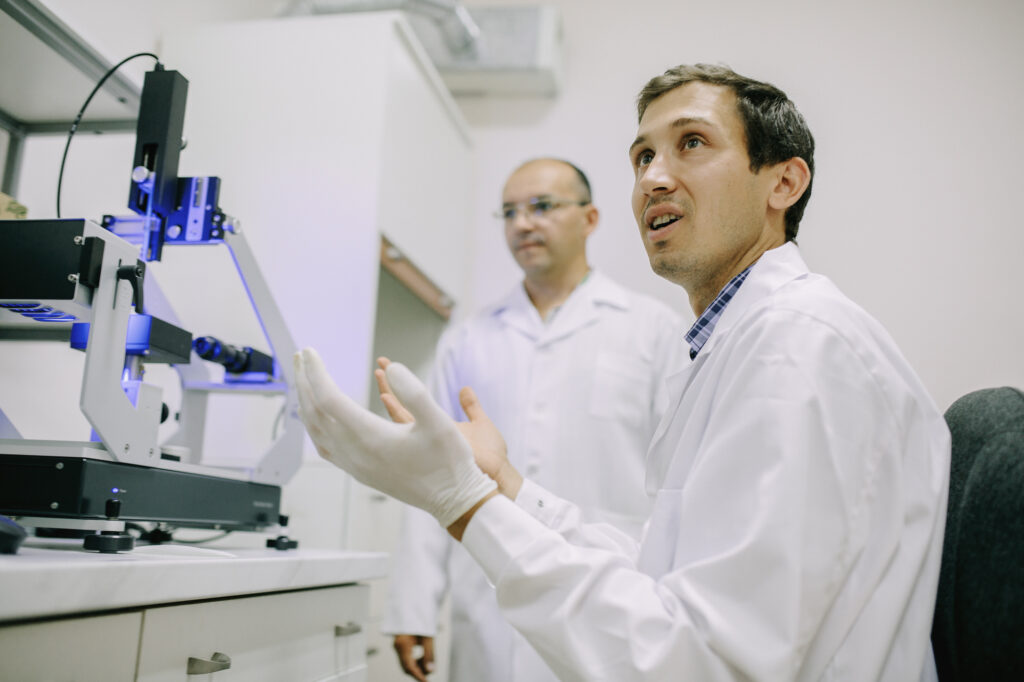 Young scientist, Dr Tudor Braniste works at National Centre for Materials Study and Testing, Technical University of Moldova
Young scientist, Dr Tudor Braniste works at National Centre for Materials Study and Testing, Technical University of Moldova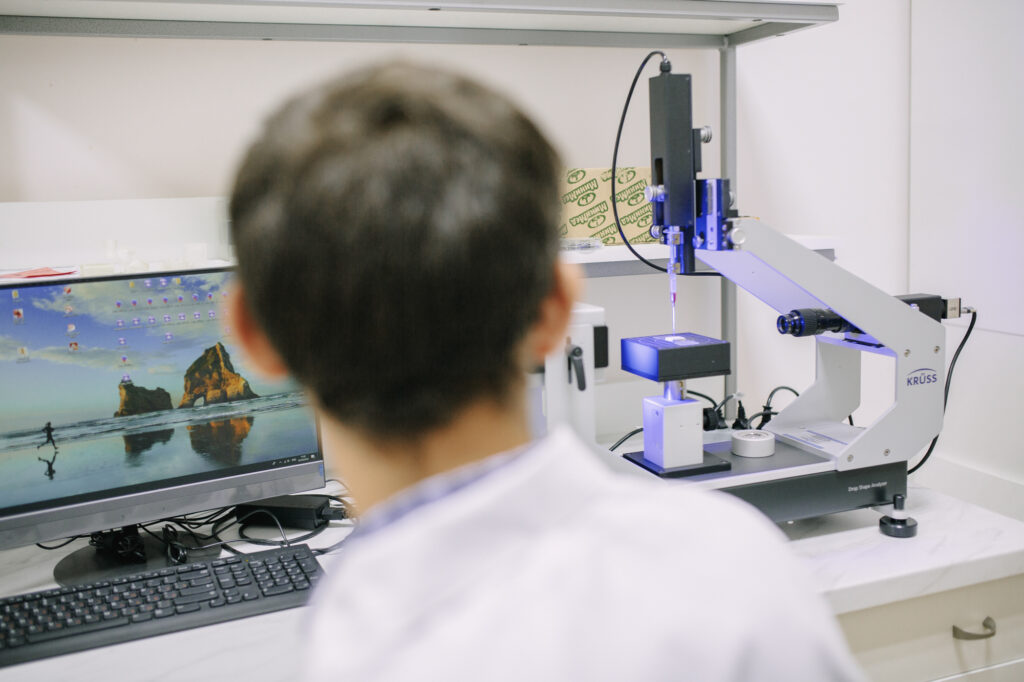 National Centre for Materials Study and Testing at the Technical University of Moldova works to develop biomedical nanotechnology, with funds from Horizon 2020
National Centre for Materials Study and Testing at the Technical University of Moldova works to develop biomedical nanotechnology, with funds from Horizon 2020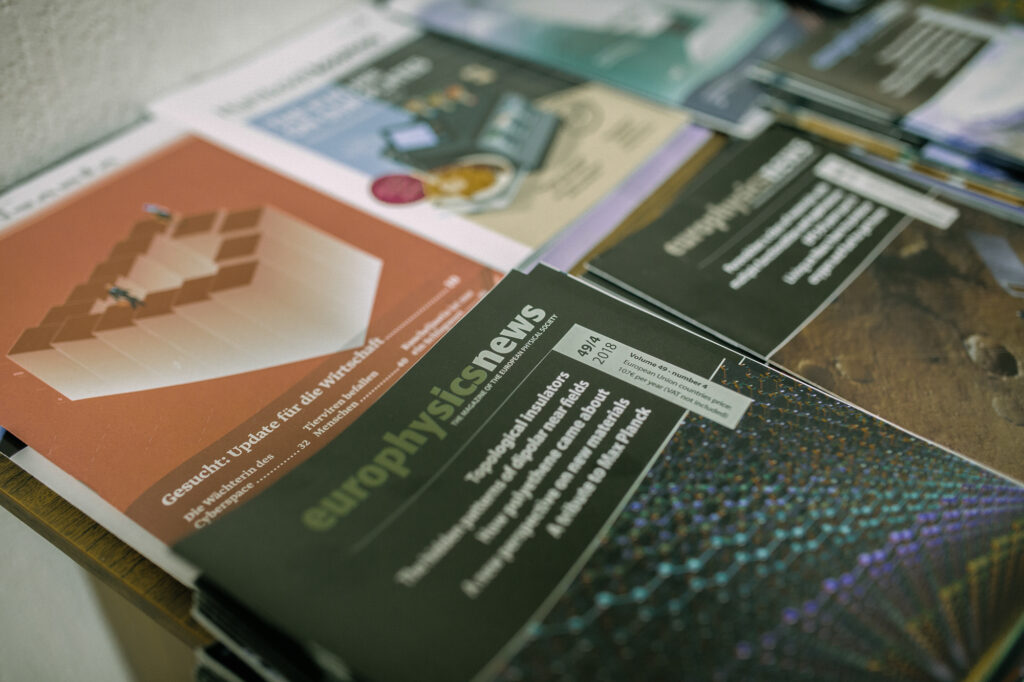 National Centre for Materials Study and Testing at the Technical University of Moldova works to develop biomedical nanotechnology, with funds from Horizon 2020
National Centre for Materials Study and Testing at the Technical University of Moldova works to develop biomedical nanotechnology, with funds from Horizon 2020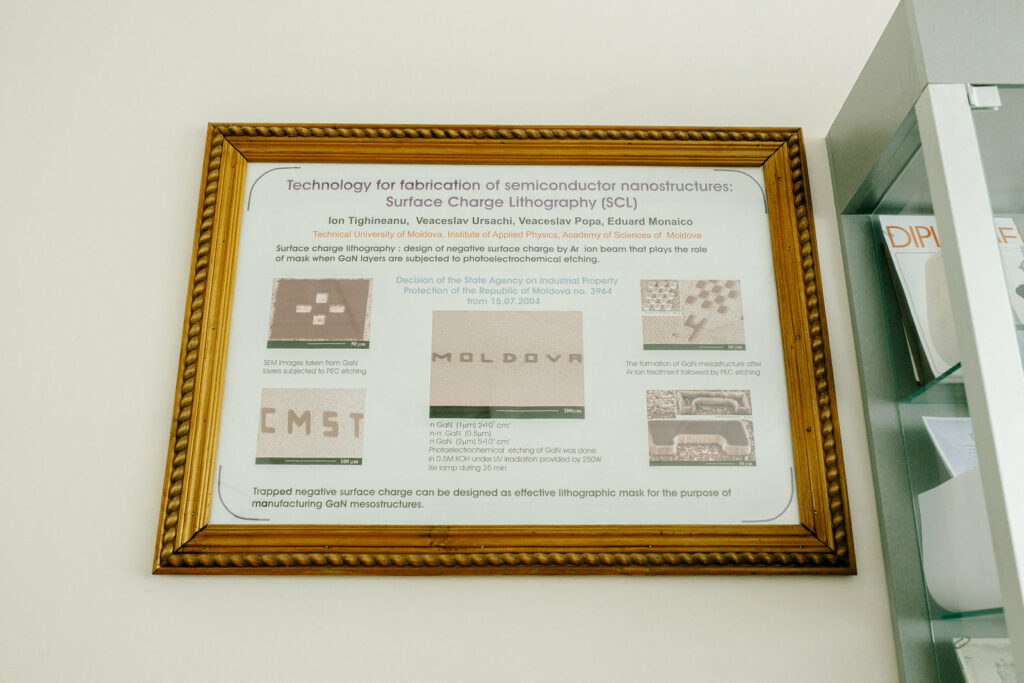 National Centre for Materials Study and Testing at the Technical University of Moldova works to develop biomedical nanotechnology, with funds from Horizon 2020
National Centre for Materials Study and Testing at the Technical University of Moldova works to develop biomedical nanotechnology, with funds from Horizon 2020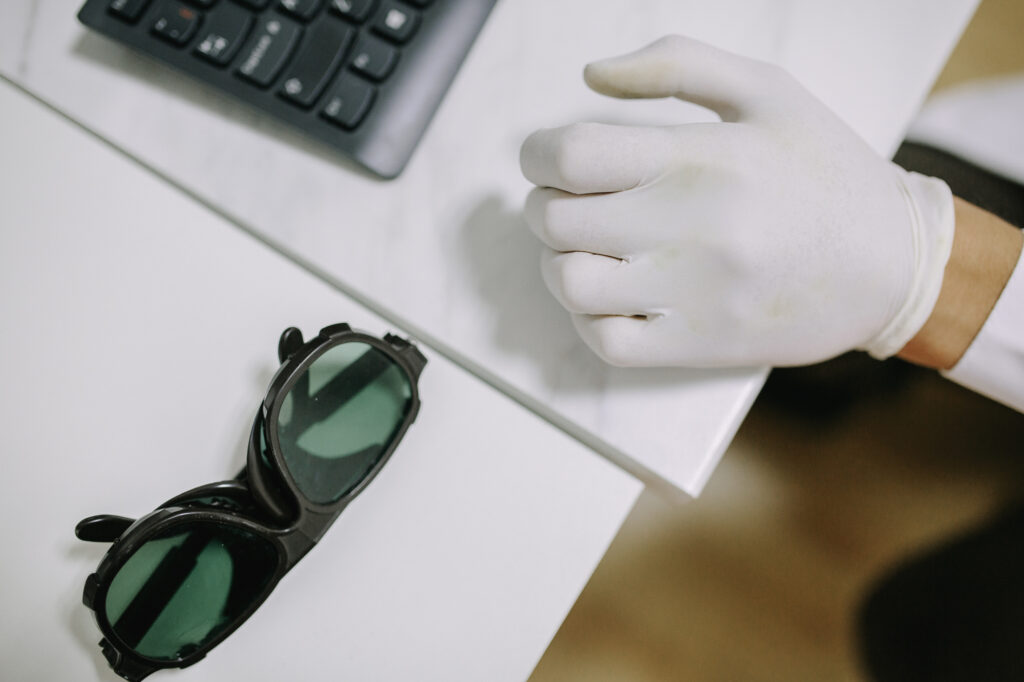 National Centre for Materials Study and Testing at the Technical University of Moldova works to develop biomedical nanotechnology, with funds from Horizon 2020
National Centre for Materials Study and Testing at the Technical University of Moldova works to develop biomedical nanotechnology, with funds from Horizon 2020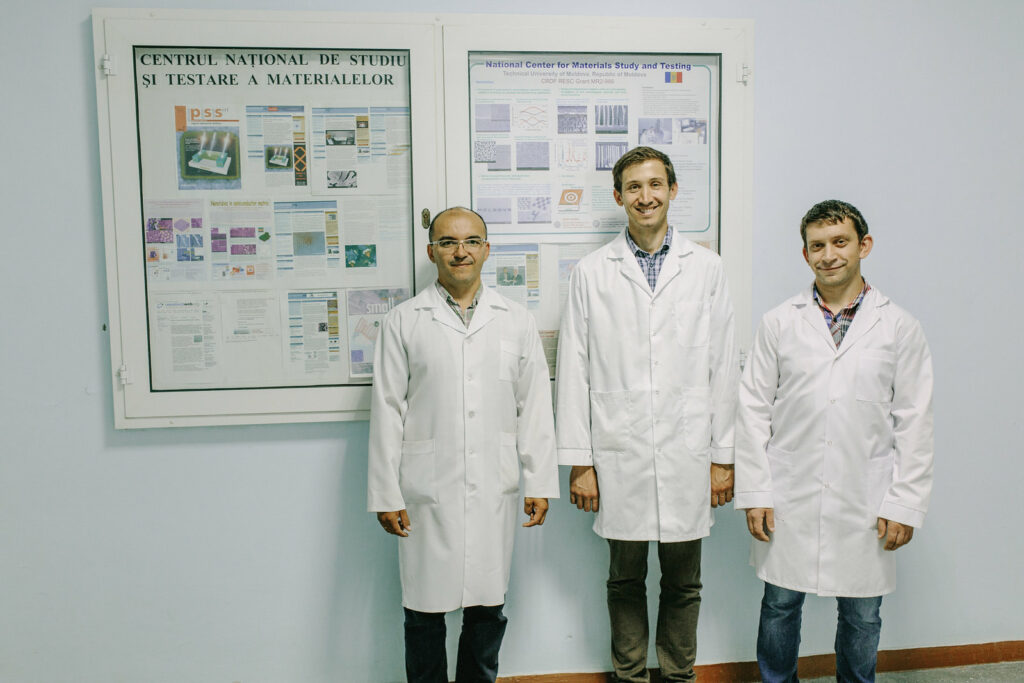 (l-r) Dr E.Monayko, Dr T. Braniste and Dr V. Ciobanu work at National Centre for Materials Study and Testing, Technical University of Moldova
(l-r) Dr E.Monayko, Dr T. Braniste and Dr V. Ciobanu work at National Centre for Materials Study and Testing, Technical University of Moldova
In recent years, the Moldovan scientific community has begun to shrink rapidly. According to the ASM, between 2009 and 2018, the number of researchers decreased from 3,500 to 3,000 people. This was partly due to a reduction in state funding for science.
Back in 2008, 0.65% of the GDP was allocated to science, but only 0.35% has been allocated in the last three years. This is one of the lowest rates in Europe. In comparison, Finland spends almost 4% of its GDP on science, Italy spends 1.1%, and neighbouring country Ukraine spends 0.85%.
However, there are currently initiatives in Moldova that can slow the outflow of young scientists and provide opportunities to develop within the country: one such initiative is EU’s largest Horizon 2020 programme on research and innovation. Thanks to it, the National Centre for Materials Study and Testing (NCMST) at the Technical University of Moldova received €474,000 for the development of biomedical nanotechnology and the training of specialists in this field.
 Horizon 2020 in Moldova
Horizon 2020 in Moldova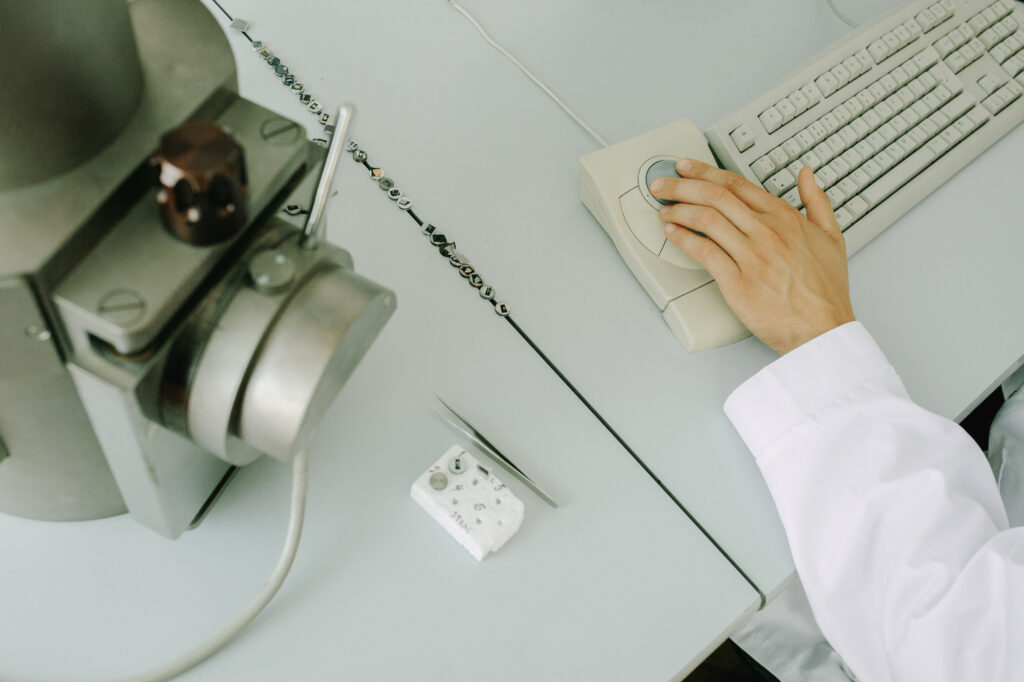 Horizon 2020 in Moldova
Horizon 2020 in Moldova
How nanotechnology can change medicine
The NCMST focuses on nanotechnologies, is already known far beyond the borders of Moldova and is where the NanoMedTwin project (funded through Horizon 2020) is being implemented. In 2018, its team led by the current president of the ASM, Ion Tiginyanu, together with colleagues from other countries, created material suitable for creating microfluidic devices (which can help diagnose many diseases) and sensors for space research and micro-robotics. This material, created with the help of nanotechnology, is called “aerogalnite”. This is the first inorganic material in the world that has both hydrophilic and hydrophobic properties, which means that it is able to repel and attract water at the same time.
According to laboratory staff member Dr Eduard Monayko, aerogalnite is a fully synthetic material grown in the laboratory. Scientists can give it any shape and size. It is biocompatible, therefore its absorbent properties can be used to carry out tests and diagnose diseases.
In addition to studying and improving aerogalnite, scientists are developing various nano-structuring techniques. That means they change the properties of familiar materials, applying the thinnest layers of other substances to them. Thanks to the EU-funded project, they can now continue this research and share its results with the next generation of students and scientists.
“This is a modern trend to give materials properties that we can control. They can be related to electrical conductivity or magnetic characteristics, for example,” explains Dr Monayko.
His colleague, 30-year-old researcher Dr Tudor Braniste, proved in one of his works that gallium nitride is compatible with living cells. This means that cells absorb nanoparticles based on them and due to their magnetic properties, these cells can be moved. This discovery can be used in medicine, for example, to replace cells damaged by cancer with healthy ones.
All of this is possible due to the laboratory having the necessary equipment: an atomic force microscope, devices for measuring electrical properties, a laser system and many other devices.
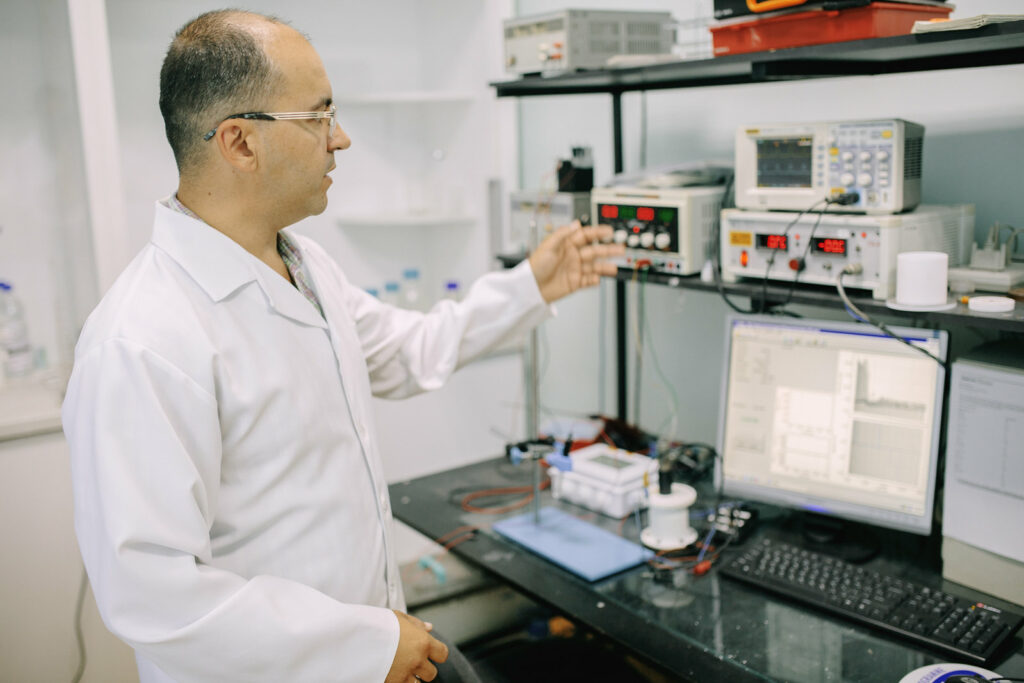 Dr Eduard Monayko
Dr Eduard Monayko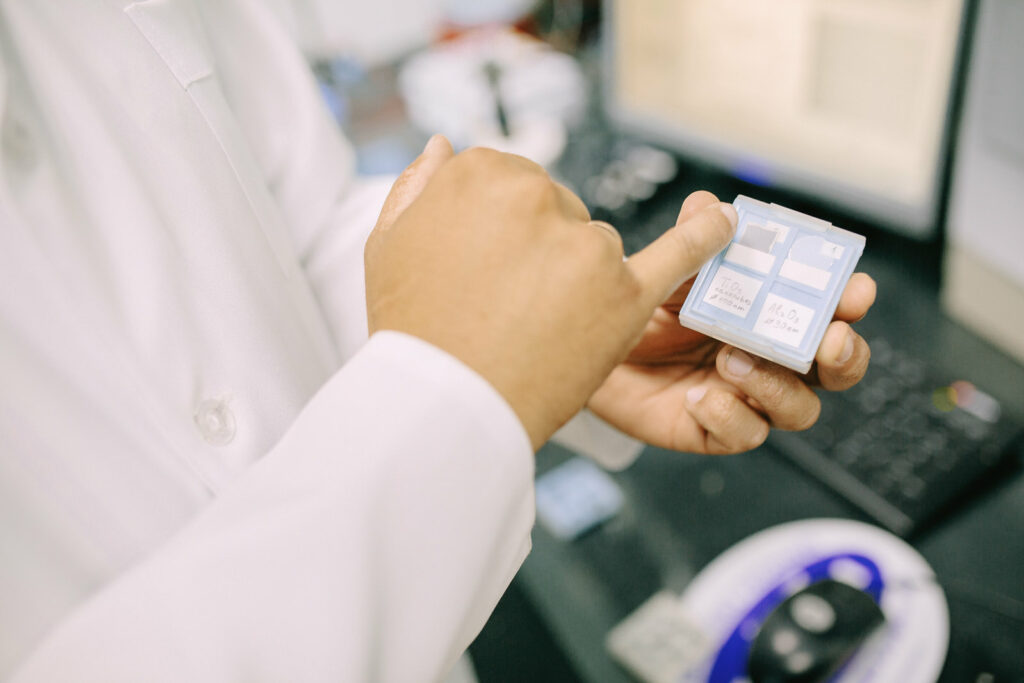 Dr Eduard Monayko explains how nanotechnology works
Dr Eduard Monayko explains how nanotechnology works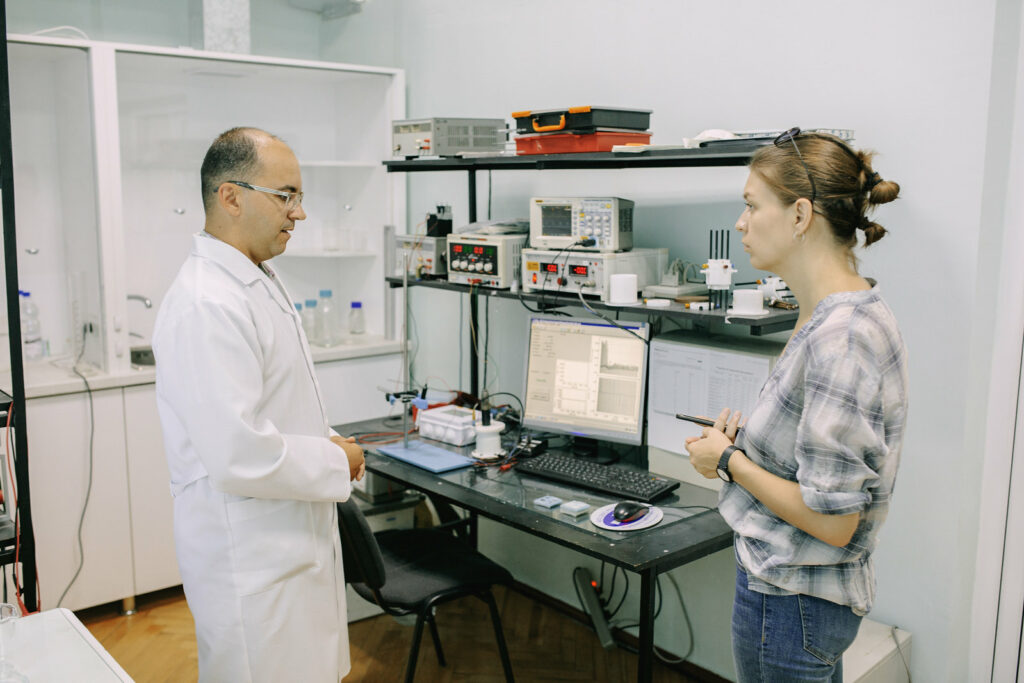 Dr Eduard Monayko talks to a journalist
Dr Eduard Monayko talks to a journalist Dr Eduard Monayko
Dr Eduard Monayko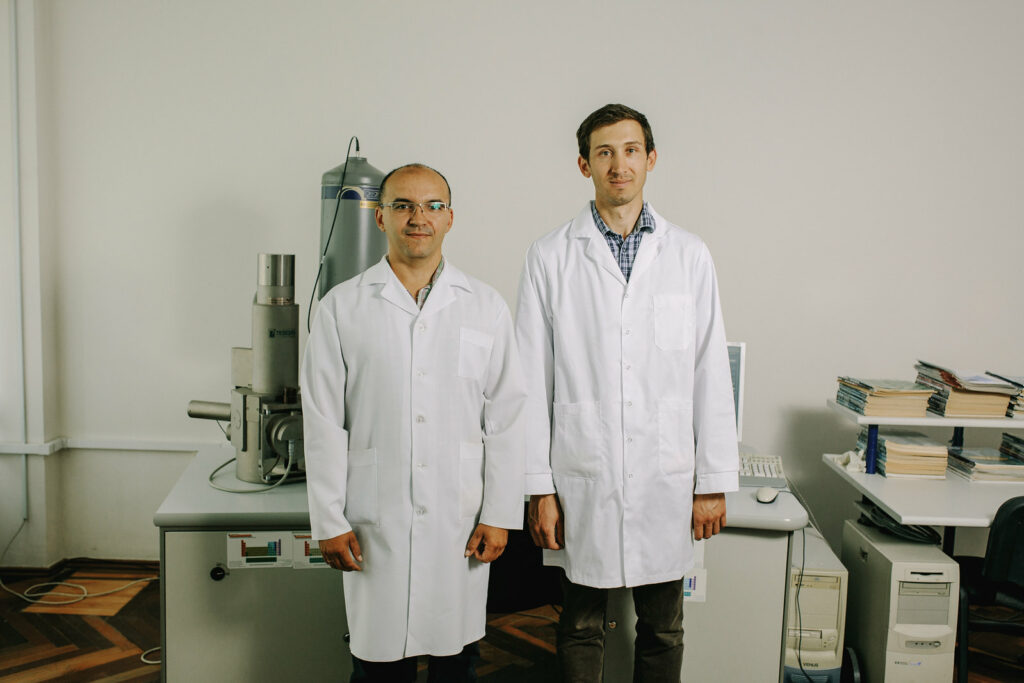 (l-r) Dr Eduard Monayko and Dr. Tudor Braniste
(l-r) Dr Eduard Monayko and Dr. Tudor Braniste Horizon 2020 in Moldova
Horizon 2020 in Moldova
The centre is the only one in Moldova with a scanning electron microscope that allows research to be carried out with nanostructures. According to Dr Monayko, it was purchased back in 2001 thanks to an international grant. At that time, it cost approximately €180,000. Today this device costs at least four times as much. The device allows materials to be worked with at the nanoscale (one nanometre is a billionth of a metre).
To obtain even more accurate shots and measurements, Moldovan researchers will now have the chance to work more frequently in laboratories abroad, namely those of universities that are part of a joint project within Horizon2020.
How the discoveries of Moldovan scientists are used
According to Dr Monayko, the centre’s main task now is to continue experiments and publish the results, which became possible thanks to its participation in Horizon2020. So far, certain discoveries, technologies and materials are patented only in Moldova.
“But there is a problem with companies that could use our technology in production. Technology transfer is poorly developed here. There used to be a Mezon plant, for example, but now everything is gone,” Dr Monayko explains. Copyright provides an opportunity to participate in international scientific exhibitions and win gold and silver medals, thereby making Moldova more visible in international science. In addition, employees of the centre have already published over 200 articles with impact factor (an indicator of the importance of the scientific journal). They are quoted and referenced by scientists from all over the world, continuing the research they have begun.
Dr Monayko explains that it is too expensive for the university to patent the obtained technologies at European level, as this costs tens-of-thousands of euros. “Our task now is to find investors who could help introduce the developed technologies and devices, and therefore would open the opportunity to capitalise on them and thus develop further. The real prospects for this are opening up thanks to the international cooperation,” the scientist explains.
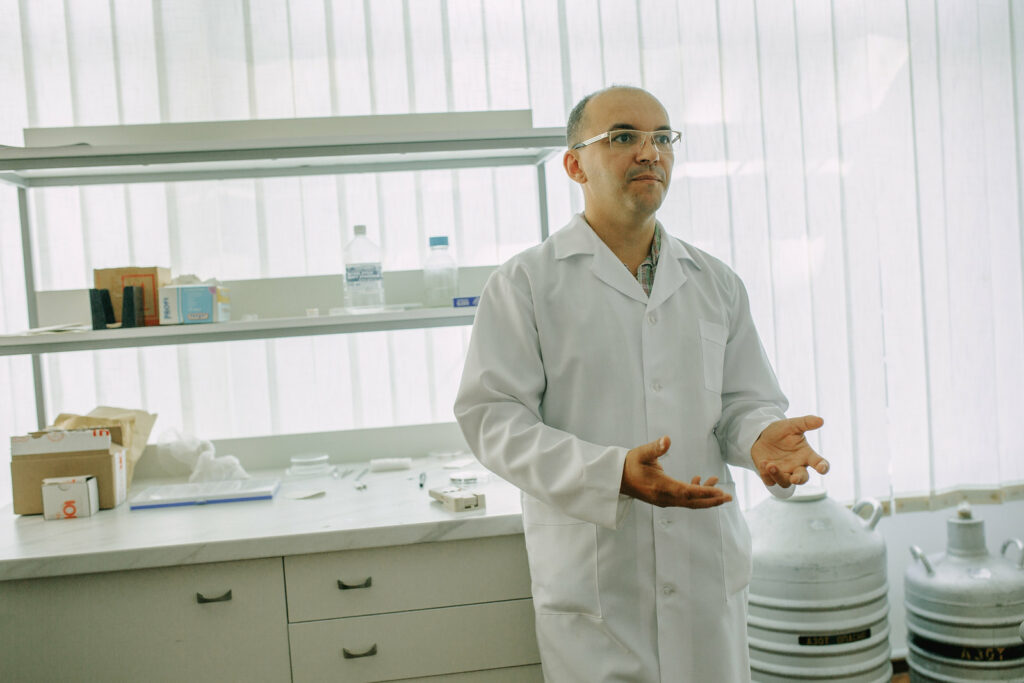 Dr Eduard Monayko
Dr Eduard Monayko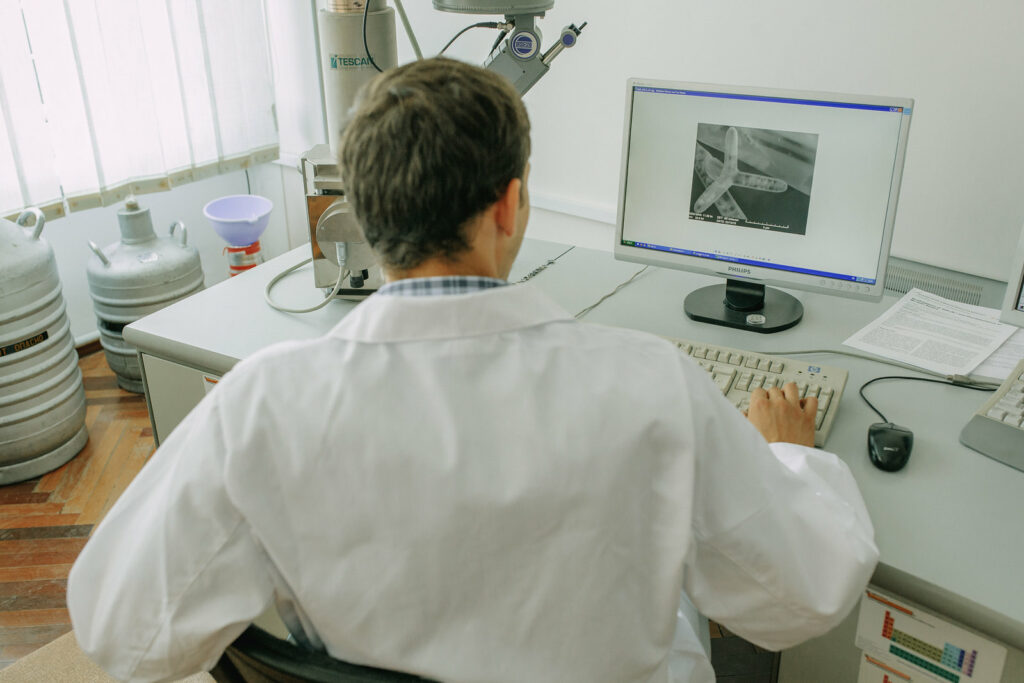 Horizon 2020 in Moldova
Horizon 2020 in Moldova Dr Tudor Braniste
Dr Tudor Braniste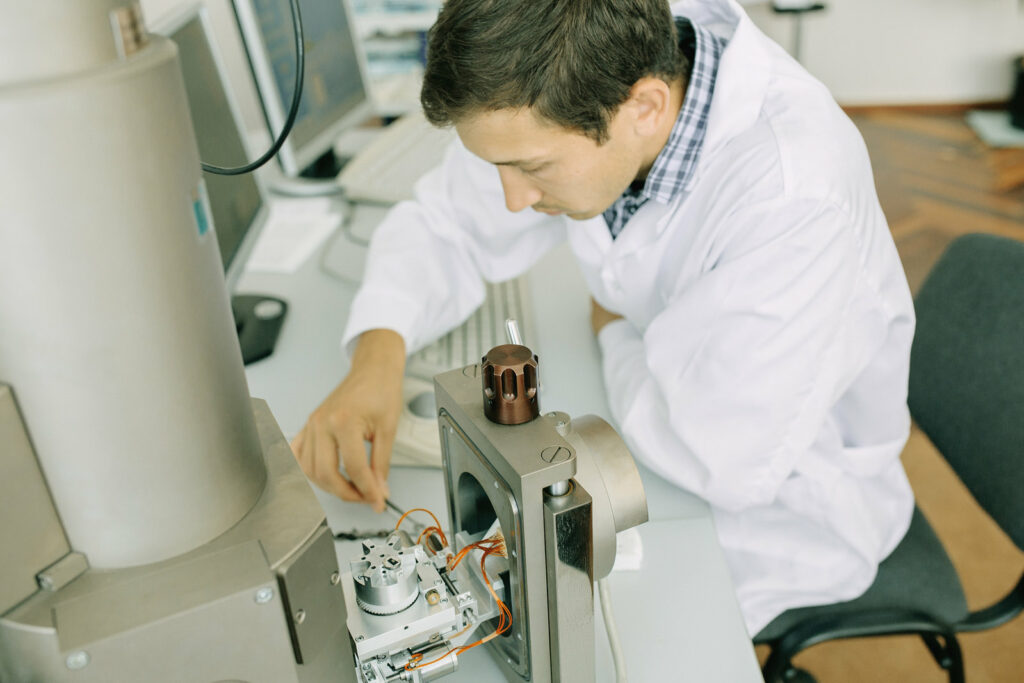 Dr Tudor Braniste explains how discovery they made with colleagues can be used in medicine
Dr Tudor Braniste explains how discovery they made with colleagues can be used in medicine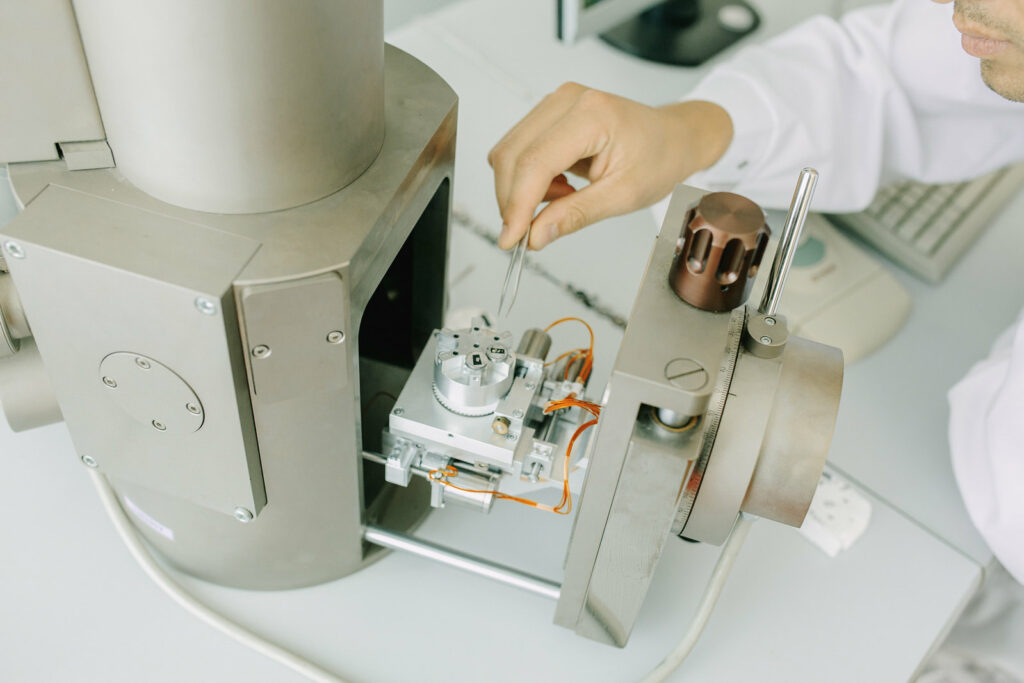 Dr Tudor Braniste explains how discovery they made with colleagues can be used in medicine
Dr Tudor Braniste explains how discovery they made with colleagues can be used in medicine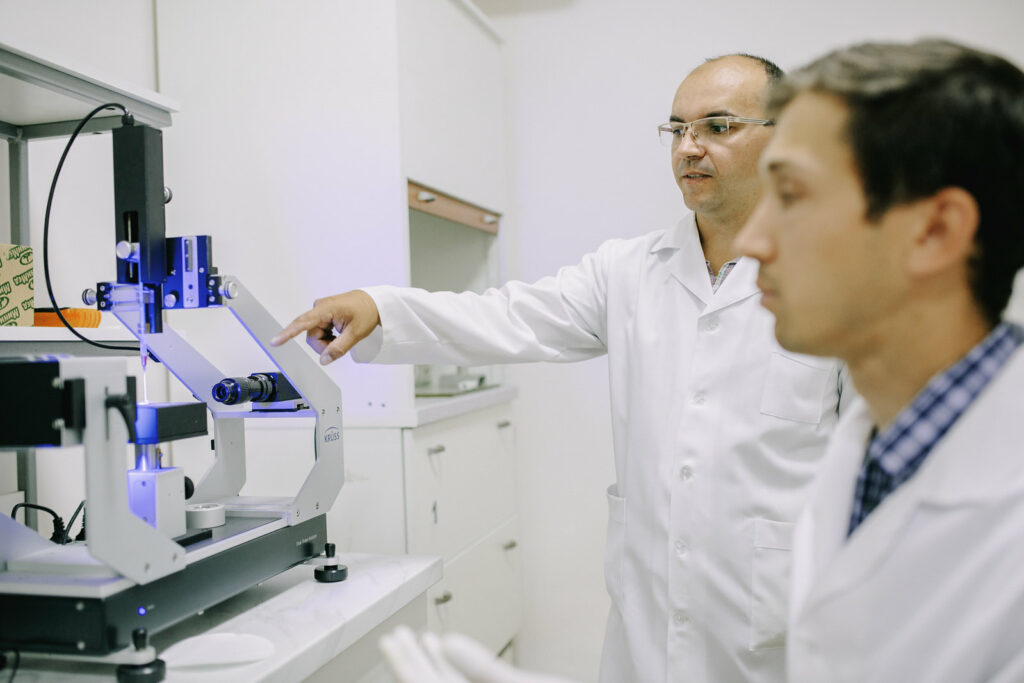 Scanning electron microscope developed by the Centre allows research to be carried out with nanostructures
Scanning electron microscope developed by the Centre allows research to be carried out with nanostructures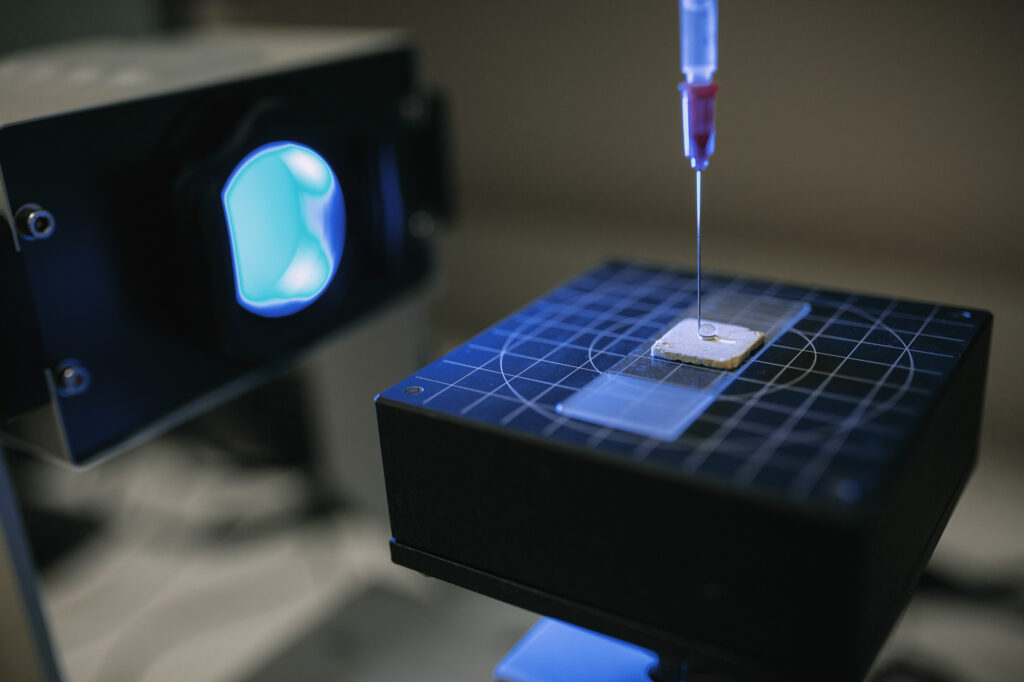 Scanning electron microscope developed by the Centre allows research to be carried out with nanostructures
Scanning electron microscope developed by the Centre allows research to be carried out with nanostructures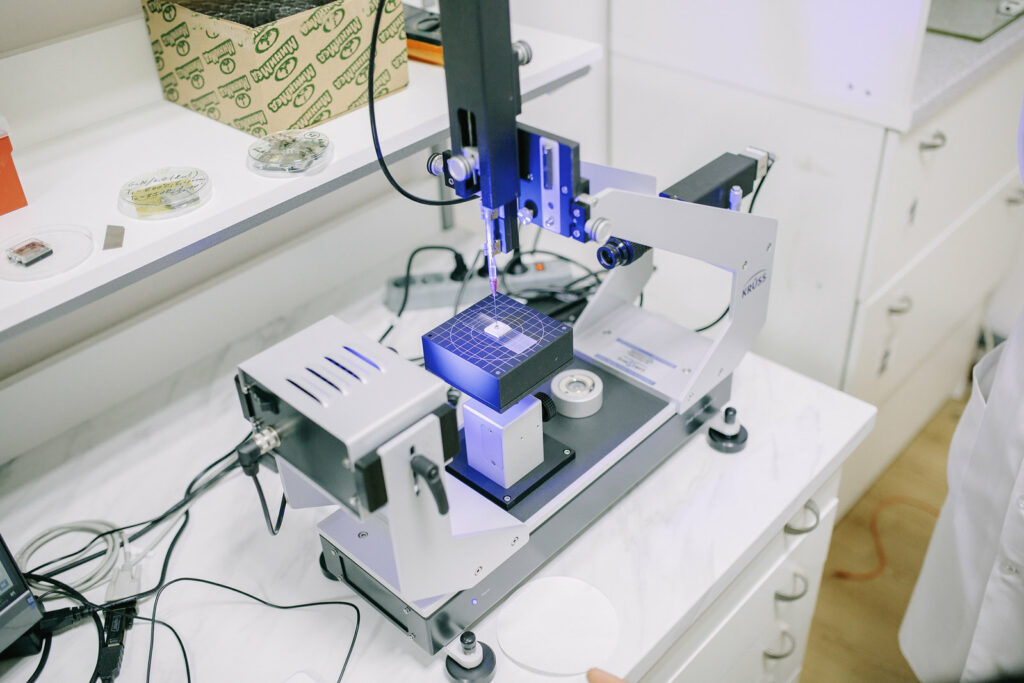 Scanning electron microscope developed by the Centre allows research to be carried out with nanostructures
Scanning electron microscope developed by the Centre allows research to be carried out with nanostructures
His colleague, Dr Braniste, adds that the centre focused mainly on basic research, the results of which could be used in crossovers between nanotechnology and biomedicine in the future. According to Dr Braniste, the centre has neither the financial capabilities nor the necessary experience to bring new technology to the stage of implementation and sale. For this, ultra-modern equipment is needed, which is not yet available in the country. As part of the NanoMedTwin project, there will be opportunities to train young scientists not only in interdisciplinary research, but also in how to facilitate technology transfer.
In addition, scientists emphasised that such projects, even in European countries, are most often implemented by several research centres at once, working closely with enterprises. Therefore, one cannot progress without the experience of working with foreign colleagues.
How university education is changing
According to Dr Monayko, today the centre of nanotechnology employs up to 15 people including graduates, masters and students, to undergo practical training.
“Usually we take second-year students. When the time comes to write theses, they are prepared, as they already have jointly published articles. When I graduated from the university in 2002, there were no such opportunities. We did our practice just before the thesis, and it was very stressful,” the scientist recalls.
The centre’s staff members are confident that the NanoMedTwin project will help to further expand the capabilities of students and young researchers. Students from the Technical University of Moldova, State Medical University and other research institutes will be able to take part in biannual courses on nanotechnology and medicine in Chisinau. They will be taught not only by Moldovan professors, but also by British, German and Swedish professors.
In addition, young researchers and employees of the centre will be able to undertake internships for three years in the laboratories of research institutes participating in the project: Hannover Medical School (Germany), the Royal Institute of Technology in Stockholm (Sweden), the University of Bristol (UK), the Joint Research Centre of the European Commission (Belgium) and EFPC Ltd (Israel). Researchers are also able to take one or several master’s modules at one of these institutes, offering an opportunity for regular employees to develop the research that has been started.
For permanent staff of the centre, this will provide an opportunity to continue with the existing research. This way, they will be able to continue studying the properties and methods of application of the aerogalnite created last year.
 Dr Tudor Braniste
Dr Tudor Braniste Dr Tudor Braniste
Dr Tudor Braniste
Should one leave Moldova to have a career in science?
According to Dr Monayko, scientists have recently been very aware of the generation gap. “There are scientists who are already over 60 years old or very young. But the latter have not had time to develop and often either leave Moldova or go to work in another area, because there are very few opportunities. But thanks to European integration and such projects as Horizon 2020, some remain and are succeeding,” the scientist notes.
His younger colleague, Dr Braniste, believes that today the question “is it possible to work in Moldova” is becoming less relevant in the scientific community. “Today we are not so attached to any specific institutions. And this is happening not only in Moldova. Researchers have the opportunity to collaborate with colleagues from abroad, to undertake internships in other laboratories, without leaving their country forever,” the researcher explains.
He is convinced that although now there is not a very advanced technical base in Moldova, the laboratory at the Technical University allows scientists to conduct many studies and experiments without leaving the country. Programmes such as Horizon 2020 also make it possible to continue working in laboratories that have more up-to-date equipment in Germany, the UK and Japan.
“No one can conduct all experiments in one laboratory. We exchange and will continue to exchange. Not only Moldova does this. Yes, we are limited in resources in all respects, but there are no laboratories abroad where absolutely all the equipment is available. You always need something new, technology is developing very quickly. Scientific technology is becoming outdated as fast as telephones and cameras,” explains Dr Braniste.
This summer, thanks to the Horizon2020 programme, Dr Braniste has already been on a three-month business trip to the Hannover Medical School, and will continue his research at the Technical University of Moldova.
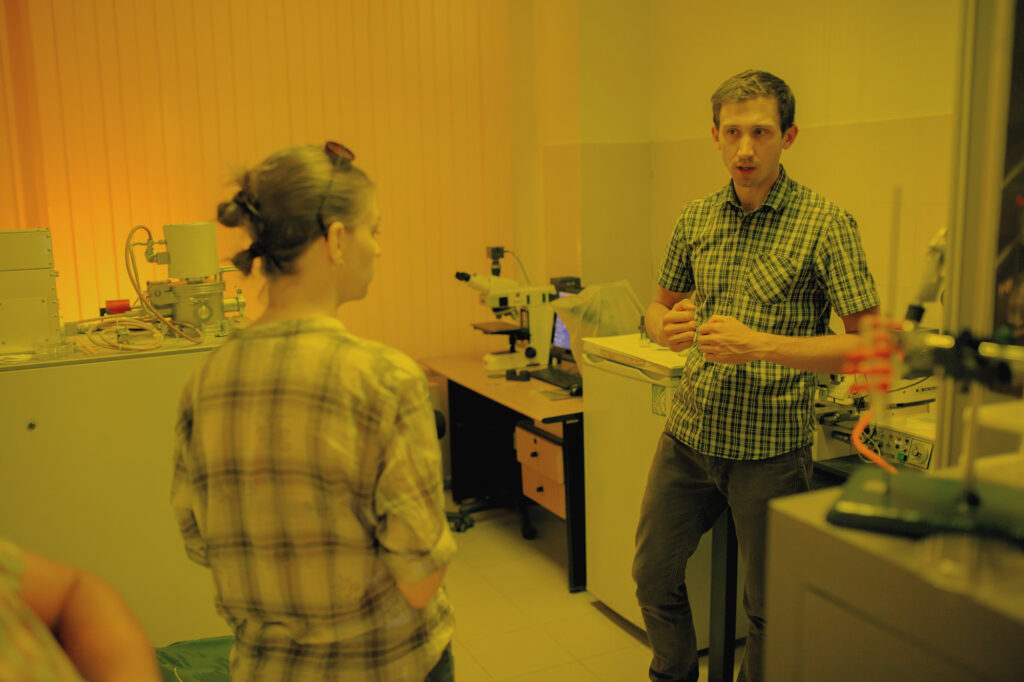 Dr. Tudor Braniste talks to Newsmaker.md journalist Olga Gnatcova
Dr. Tudor Braniste talks to Newsmaker.md journalist Olga Gnatcova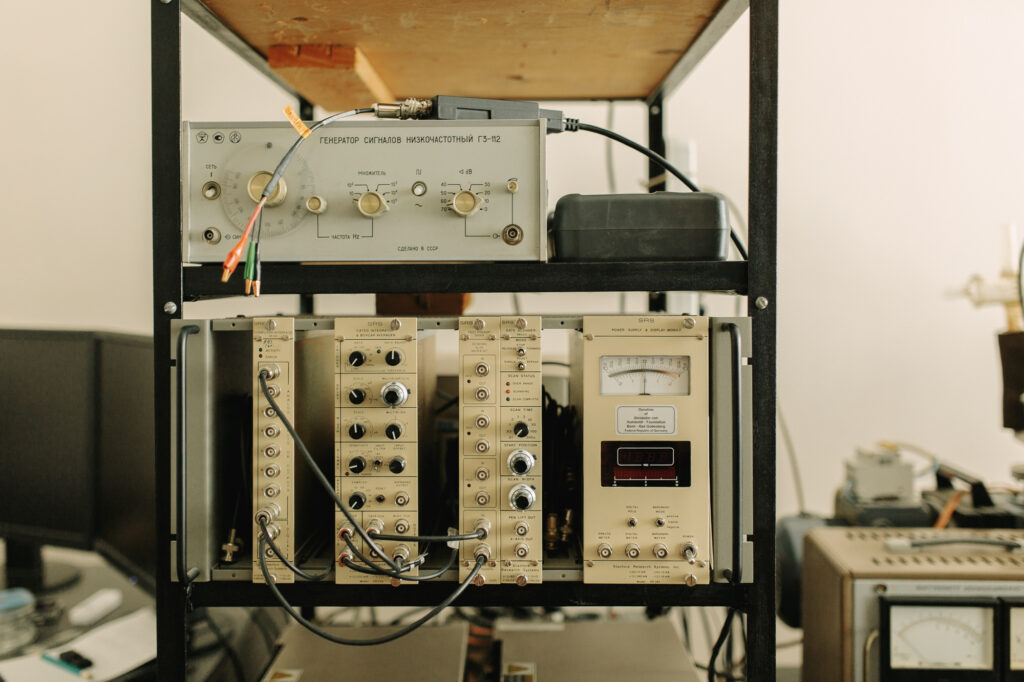 Equipment at National Centre for Materials Study and Testing, Technical University of Moldova
Equipment at National Centre for Materials Study and Testing, Technical University of Moldova
About the programme
Horizon 2020 is the most comprehensive research and innovation support programme ever undertaken by the European Union. It was introduced in Moldova in 2014. So far, 30 Moldovan organisations have received funding of more than €5 million.
Among them there are research institutes and universities, as well as small private companies. Besides the Technical University, the largest grants have been received by the Institute of Electronic Engineering and Nanotechnology (for the development of quantum electronics) and the Asociația obștească sănătate pentru tineri (for the prevention of childhood mental illnesses).
Within the framework of the programme, Moldovan researchers have actively collaborated with partners from France, Germany, Poland, Spain, the UK and other countries.
Author: Olga Gnatcova
MOST READ
SEE ALSO
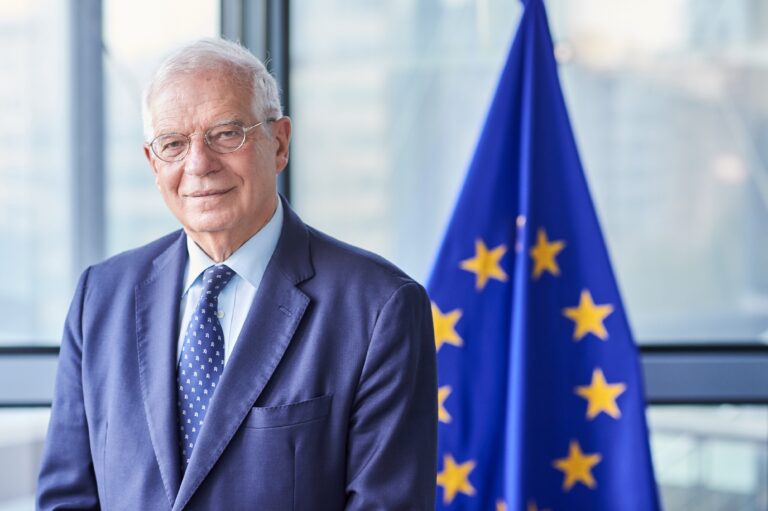
No, time is not on Russia‘s side

How to open an art business in Moldova: the experience of Alexandra Mihalaș

Be one step ahead of a hacker: check simple cybersecurity tips!
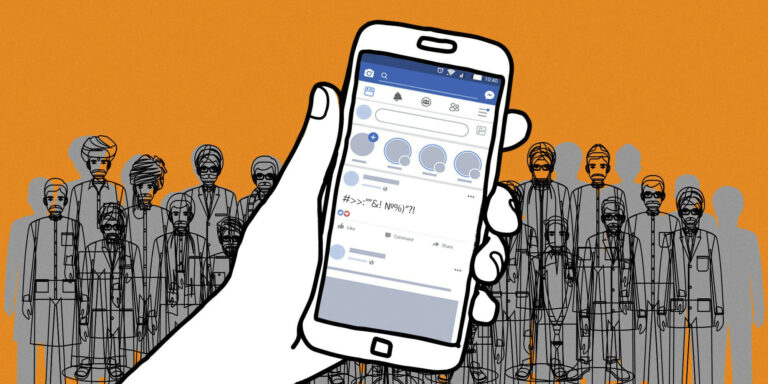
How to act and move on: strategies for women facing discrimination and online harassment

‘Learning is not a process but a journey’: the example of a school in Orhei
More campaign pages:
Interested in the latest news and opportunities?
This website is managed by the EU-funded Regional Communication Programme for the Eastern Neighbourhood ('EU NEIGHBOURS east’), which complements and supports the communication of the Delegations of the European Union in the Eastern partner countries, and works under the guidance of the European Commission’s Directorate-General for Neighbourhood Policy and Enlargement Negotiations, and the European External Action Service. EU NEIGHBOURS east is implemented by a GOPA PACE-led consortium. It is part of the larger Neighbourhood Communication Programme (2020-2024) for the EU's Eastern and Southern Neighbourhood, which also includes 'EU NEIGHBOURS south’ project that runs the EU Neighbours portal.

The information on this site is subject to a Disclaimer and Protection of personal data. © European Union,







